
|
|
|
| synonym |
|
| description |
A smaller species than most members in this genus found in NC. Females have a moderately elevated pronotal crest and are a dark reddish brown color with pale, dirty transverse bands. The mid-dorsal spot on the pronotum is broad, deep, and squarish in shape. The face between the eyes is broader than long, is hairy and a dull reddish color, and is sparsely covered with small pink punctures. The pronotum is strongly compressed at the middle for at least half of its height. The body beneath is reddish and the forewings are a dingy hyaline with yellowish veins; the wing tip has a slight smoky color to it. The male is like the female but with a lower crest and smaller body size. Males have a darker color, with bold white markings contrasting with an otherwise black pronotum. The face is reddish with brown and black punctures. The underside and abdominal segments are black, with genital segments pale. The forewings are clear hyaline with a smudgy tip; veins are blackish. Legs are pale with black bases. Adult males are 4.1 mm long, females are 4.4 mm. (Kopp) |
| distribution |
Eastern and central North America (Kopp) |
| abundance |
Several records from the Piedmont and mountains. Seasonal distribution: 26 May-20 July (CTNC) |
| seasonal_occurrence | |
| habitat |
Has been found near mixed hardwood forest; where oaks are present. |
| plant associates |
Quercus sp. |
| behavior |
To listen to the male courtship call for this genus, listen here. These courtship calls are not audible to the human ear, and the calls here are produced by recording the substrate vibrations that the treehoppers use to communicate through the plants themselves. The recorded call is then amplified so that it is now audible to human ears. Research has shown that treehoppers use vibrations to attract mates, to announce the discovery of a good feeding site, or to alert a defending mother to the approach of a predator (T.IM). |
| comments |
Can be attracted at night with a light. |
status |
[Native:]
[Introduced:]
[Extirpated:] | | list_type |
[Official:]
[Provisional:] |
| adult_id | Unmistakable and widely known Identifiable from good quality photos of unworn specimens
Identifiable from photos showing undersides, or other specialized views [e.g., legs, face]
Identifiable only by close inspection of structural features or by DNA analysis NULL |
| nymph_id | Unmistakable and widely known Identifiable from good quality photos, especially where associated with known host plants
Identifiable from close inspection of specimens or by DNA analysis
Identifiable only through rearing to adulthood NULL |
| G_rank |
|
| S_rank |
|
| rank_comments |
|
| tribe |
|
| subgenus |
|
Species Photo Gallery for Cyrtolobus puritanus No Common Name |
 | Photo by: Kyle Kittelberger, Brian Bockhahn
Rockingham Co.
Comment: open area near mixed hardwood forest and a pond | 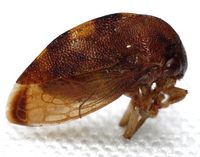 | Photo by: Kyle Kittelberger, Brian Bockhahn
Rockingham Co.
Comment: open area near mixed hardwood forest and a pond |
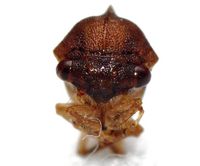 | Photo by: Kyle Kittelberger, Brian Bockhahn
Rockingham Co.
Comment: open area near mixed hardwood forest and a pond |  | Photo by: Kyle Kittelberger, Brian Bockhahn
Rockingham Co.
Comment: open area near mixed hardwood forest and a pond |
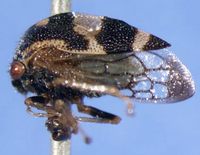 | Photo by: Matthew S. Wallace
Out Of State Co.
Comment: male | 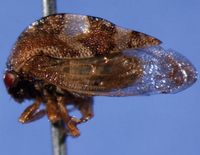 | Photo by: Matthew S. Wallace
Out Of State Co.
Comment: female |
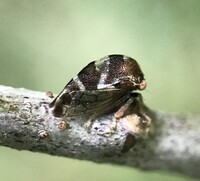 | Photo by: Ted Wilcox
Watauga Co.
Comment: unid_treehopper | 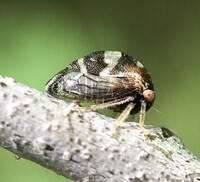 | Photo by: Ted Wilcox
Watauga Co.
Comment: unid_treehopper |
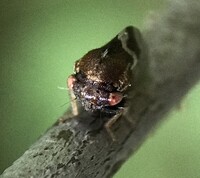 | Photo by: Ted Wilcox
Watauga Co.
Comment: unid_treehopper |  | Photo by: Ted Wilcox
Watauga Co.
Comment: unid_treehopper |
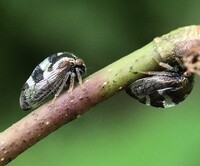 | Photo by: Ted Wilcox
Watauga Co.
Comment: unid_treehopper |

 »
»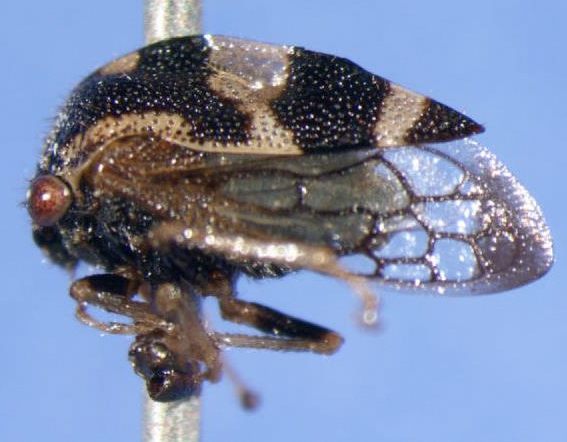
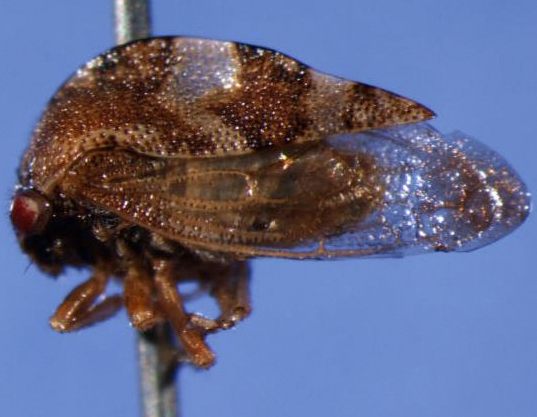


 »
»

